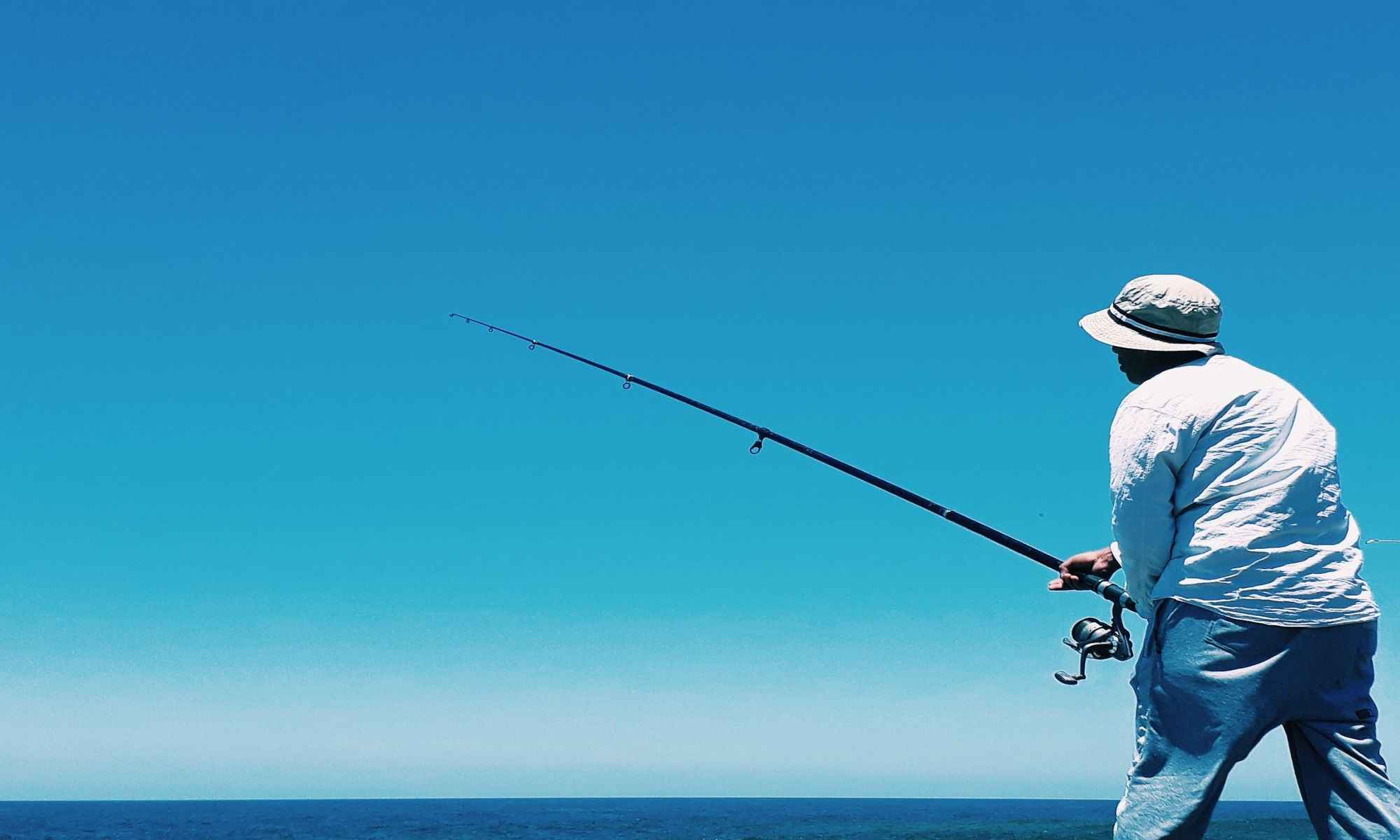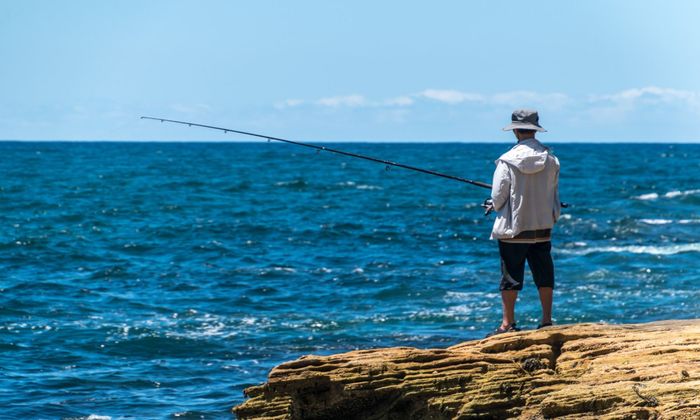Drop Shot Rig 101: Top Tips For Fishing Success
Here's are pro tips for drop shot rigs that you can use for your next fishing trip to ensure success.

Ask any bass angler and chances are they’ve used a drop shot rig before. This rig is versatile but most effective in clear waters and fished vertically no matter what the season.
A drop shot rig essentially features a weight at the end or bottom of the line, with the hook and bait suspended off the bottom with leader lines attached to it. This finesse fishing technique gives the bait a natural presentation and can be moved with the slightest movement of the rod tip to attract attention. To help you out get your drop shot rig up and running, here are some top tips for fishing success.

Drop Shot Rig Tips
Gear Up
If you’re just starting out, you don’t need a fancy rod and reel. Any spinning 7-foot light or medium action rod with a fast action tip and a fast-spinning reel will suit you just fine. You can always explore more expensive options later on once you get the basics down.
For your main line, spooling your rig with a 15 to 20 light braided line or a 6 to 8-pound fluorocarbon is a great start. As for your leader line, you’ll want to go with a 7 to 10-pound test fluorocarbon because it’s hardly visible underwater. These options give you added sensitivity to detect even the faintest bites and are harder for fish to see in the water because of their smaller diameter.
Now, leader length can vary depending on which part of the water column you’re targeting. Generally, deeper waters require longer leaders, so don't be surprised if you regularly reach 12 to 18 inches long. However, the longer your leaders are, the less accurate you’ll be when pitching out, such as areas with thicker vegetation. Fish will tend to be at lower depths or near structures if there’s vegetation so shorter leader lengths should be used.
The last piece you'll need is your hooks, and starting out, we would recommend using size #2, #1, or 1/0 circle hooks tied with a Palomar knot. Use size #2 if you’re using baits less than 4 inches long. Use a size #1 if you’re using medium-sized bait. Alternatively, you can also use drop shot or split shot hooks specifically made for finesse techniques and these usually come in a size 1-1/0.

Weights

A majority of drop shot weights have a swivel so you can easily attach it to your line. However, we recommend tying a knot in the bottom of the rig to secure it even more since the clips can easily come off if you’ve got a fighter or an acrobatic leaper. You can start out with 1/8 oz to 1/4 oz weights as a general starting point. If the waters are rougher, you’ll need a bit more weight to keep the bait low at the bottom, and 1/2 oz weights might be in order.
Weights come in different shapes as well and some anglers often start out with lead skinny drop shot weights, which are great to use for shore fishing or near rocky areas. These are less prone to getting stuck because of their shape.
However, the most common weight is the round or ball weight, which holds better on smoother, sandy bottoms and when used for vertical fishing in areas with little cover.
Now, if you’re fishing from the shore or less than 4 feet deep of water, start out with 1/8 to 1/4 oz weights. Lighter weights are ideal for shallow waters and are harder for the fish to detect. Use this weight range as a starting point and gradually increase the weight the deeper you go.
Fishing with heavier weights is more ideal in areas with thicker cover and foliage so that it can penetrate through vegetation easier. They are also the better choice in rough and choppy waters.
Bait
Drop shotting is one of the few techniques where you don’t have to fuss much about bait. Pretty much anything is fair game and there are so many to choose from. Depending on your location and target species, some will work better than others. However, most anglers use soft plastic straight tail worms or minnow-like baits. They offer good action, are flexible, and can come in a variety of finishes. It’s best to start with a bright white or chartreuse color, and if the strikes are thin, try out more natural colors.
Rigging
There are three main ways to rig up your bait on your drop shot rig namely nose hooked, Texas rigged, or Wacky rigged. You’ll want to use Palomar knots once again to attach them to the drop shot rig.
For nose hooking, you’ll attach the worm with a light wire hook with an under-the-chin and out-the-nose orientation. Doing so lets the worm move naturally and will follow the swaying of the line. You’ll need to be careful not to hook too much of the worm – it will cause unnatural movement that might twist up your line.
Next, the Texas rig is one of the most popular rigs for plastic baits, and most (if not all) avid bass anglers will know this. It lays a great foundation and is a breeze to set up especially with plastic worms. With this rig, you’ll insert the hook into the nose of the worm, pushing it almost all the way through until it circles back down unto itself in the belly. The important part is to hide the hook within the bait so that it isn't exposed. The bait should be straight and aligned with the eye of the hook with no bends in it as well. The Texas rig is best used in areas where it can easily get snagged, such as those with thick grass, trees, or flooded timber.
Lastly, the Wacky rig is for heavier baits and involves sticking the hook right through the middle of the worm. It's most effective in keeping the bait floating in the strike zone longer because it has more action. Using this rig during spawning or post-spawning works best when the fish are shallow or in clearer waters.
Final Tips
The drop shot rig can be used in a variety of scenarios from deep channels to shallow waters. It's easy to use and doesn't require a whole lot of complicated techniques. Just be careful not to overwork or shake the bait too much, because the flow of the water already gives it a natural action, which is what makes it an excellent rig.


